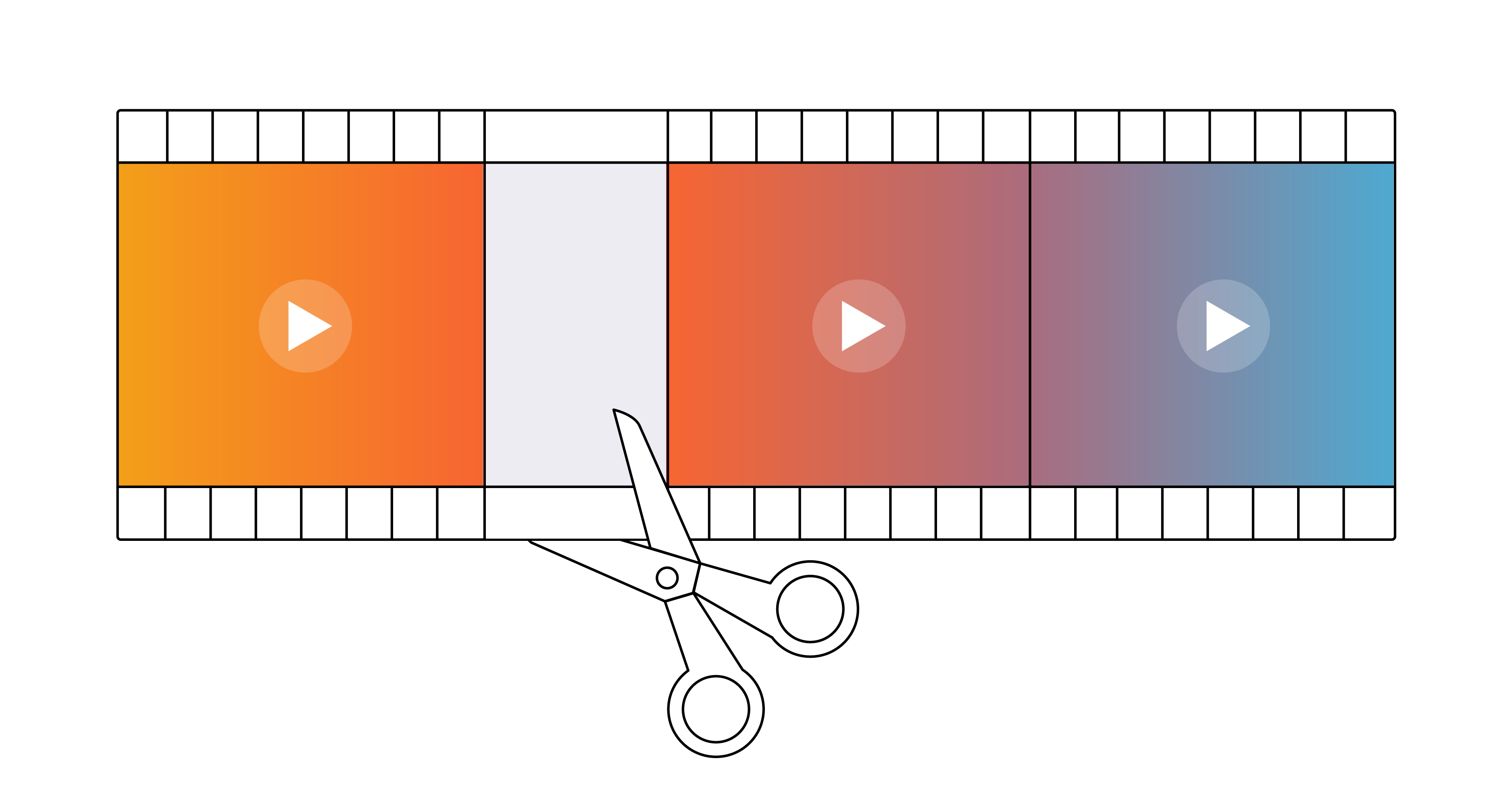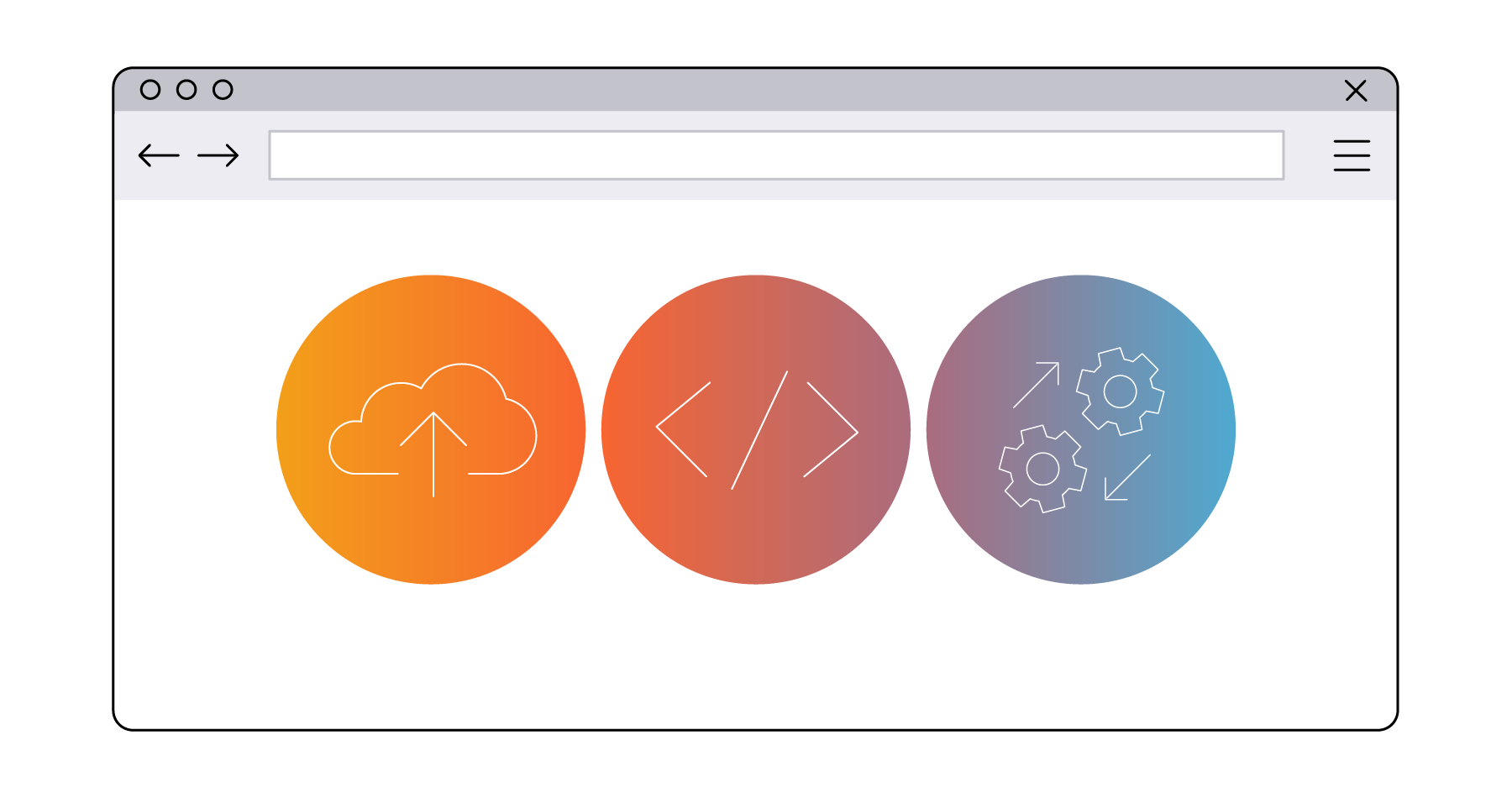Are Mobile Frameworks the Best Option for OTT Apps?
Tech Talk

Every OTT platform needs mobile apps. According to AppAnnie, a staggering 239 billion hours were spent using OTT streaming apps for mobile video across the globe in Q4 2020. Furthermore, OpenX notes that the average OTT user will watch content on three different devices and three different apps (OpenX). Not having a mobile-first strategy in 2022 could be fatal, especially if your business model is SVoD and your subscribers expect to be able to watch on their phones.
However, Steve Jobs changed the world with the iPhone in 2007, which resulted in the subsequent emergence of two competing platforms (iOS and Android). Consequently, developers and companies have been grappling with threaded problems of building OTT app experiences for separate ecosystems with vastly different programming languages. There have been multiple attempts over the past decade to overcome this by creating frameworks that empower a single engineer to ship to the App Store and Google Play, such as PhoneGap, Ionic, and Cordova.
What is a Mobile Development Framework?
Mobile development frameworks are software libraries that provide apps a structure to interact with different mobile environments. They’re particularly useful to OTT businesses because they have ready-made components that can be reused and customized for different solutions, saving valuable time for the project team. Reducing the time-to-market means less overhead for the business, which can free more money to invest in content and subscribers. This is important in such a competitive industry and in parts of the world where budgets for OTT app development can be limited.
Challenges with Mobile Development Frameworks
React Native is the current framework powerhouse because it can be used to build iOS and Android apps using JavaScript, the world’s most popular programming language. Created by Facebook, it’s used to build apps that can be installed directly onto a user’s phone via an app store. These apps can take full advantage of a device’s features and processor, providing a powerful and immersive user experience. However, they often struggle with the intense demands of video playback, causing unexpected headaches for developers who haven’t worked with video and mobile apps before.
The React Native framework uses a JavaScript Bridge, which is a layer that allows the underlying JavaScript and the native mobile code to talk to each other. When an app is running, the bridge has to be open continuously, and this becomes particularly busy when running CPU-hungry features such as video playback. This ultimately affects app performance and introduces frustration for unprepared engineers.
Google has built a newer mobile framework called Flutter, which is written in a language called Dart. The major difference to React Native is that Flutter doesn’t require a bridge. Instead, it works its magic directly in the native code. As a result, Flutter apps don’t suffer from the same performance issues with video. Apps can also be built much more quickly since Flutter has more Google-provided widgets and libraries that come directly with the framework. React Native, on the other hand, relies heavily on third-party libraries. The downside is that there are very few Flutter developers and it takes time to learn. It’s still very much in its infancy, and it’s frequently updated by Google. Time will tell if Google continues to maintain Flutter and whether it can match React Native for popularity.
Brightcove and Mobile Development Frameworks
Brightcove doesn’t support frameworks in our mobile SDKs because a framework is only great until it’s not. Our focus is ensuring our customers and their audiences get the best video playback experience possible. However, our Global Services team can provide a wrapper encapsulated with our mobile SDKs so that they can be compatible with an app built in React Native. Our React Native wrapper offers basic playback features, including DRM support.
Alternatives to Mobile Development Frameworks
Although a quicker go-to-market might be tempting, if you want to get the optimal performance and user experience with video, then building OTT platform apps natively is the best option. Anybody serious about having high-functioning OTT mobile apps will go down the native path, even if it means a longer and more expensive time-to-market. It also tends to be better in the long term in terms of business support. There will always be developers who can iterate and scale an existing native app if the OTT platform is successful. Brightcove’s Global Services team builds natively as we strongly believe it provides a better return on investment. Attracting and retaining users with a high-performing app is a crucial business strategy.
As the world gets more and more digital, OTT businesses no longer need the best mobile apps—they demand them. Before jumping into this rapidly growing market, be sure to choose an app development option that can grow with your business.


